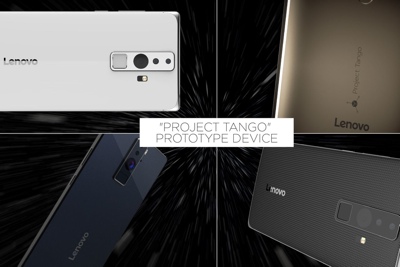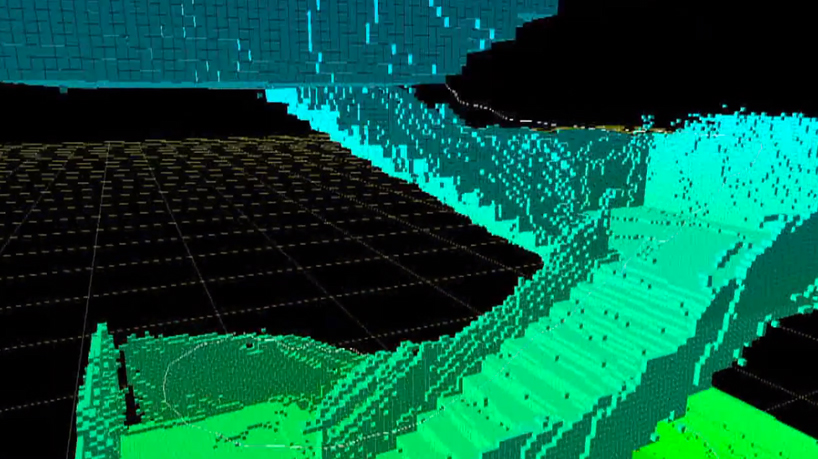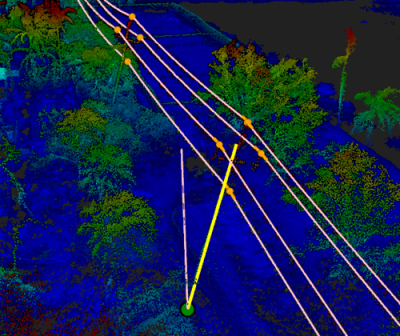Over the past few years, 3D-scanning technology has become cheap enough for the average consumer to afford and small enough to fit in our pockets. Though most of these sensors are still in the development stage and unavailable for purchase, an analyst report published recently at VentureBeat predicts that the first 3D-enabled smartphones will show up before 2016 comes to a close. Likely candidates include Google and Apple.
The report from Eric Rachlin of Body Labs is more than basic predictions, though. It also does the useful work of outlining a number of uses for consumer 3D tech that you might not have expected—and offering a view into why consumer 3D developments could be useful for professionals.
Unexpected Uses for Consumers
Though the professional market tends to use 3D sensors almost exclusively for visualization and precision measurement, Rachlin says the consumer market will use the technology for a much wider range of purposes including “object, body, facial, and gesture recognition.”
This means that you’ll be using the 3D sensor on your smartphone for a lot more than scanning junk to produce with your 3D printer. As Rachlin explains, you’ll be able to use it for:
- Digital Photography — You can refocus your shots (or videos) after you take them (like the Lytro Illum light field camera does). The report suggests you may even be able to cut out a specific object for use as a stand-alone image.
- Mapping and Navigation — The 3D sensor may be able to recognize walls or flat planes and use them to help you navigate indoors. It’s conceivable that a solution like the LiDAR/IMU device developed by Korean researchers could be ported to a cell phone to allow for indoor navigation with a service like Google Maps.
- Fashion and Apparel — Ever bought a pair of shoes that didn’t fit? Never again! “Depth sensors in smartphones,” says the report, “could enable accurate sizing recommendations and custom tailoring without the user having to leave their living room.”
- Virtual Reality and Augmented Reality — A depth sensor would enable your AR or VR headset to enhance the sense of reality by interacting with real, physical objects in your environment. (See my article on “Deep Augmented Reality” for more.)
- Health and Fitness — Trainers could scan your body (or you could scan it yourself) to record progress like weight loss, muscle growth, and shape change. Imagine what your FitBit could do with that information.
 Unexpected Benefits for Professionals
Unexpected Benefits for Professionals
Though the use of scanning for fitting our clothing, finding our position in space, and tracking our fitness is very interesting for consumer applications, it doesn’t seem particularly useful for most professionals. So what’s the big deal about putting 3D sensors in a smart phone?
Consumer 3D tech has been available at least as long as Microsoft’s Kinect has been around, but it has never been this small, this cheap, or this easy to use. Once manufacturers get that form factor right, the technology takes off.
Remember what happened once everyone finally got a decent camera in their smartphones? There was an explosion in personal photography, and a parallel explosion in personal photography applications. That could happen with 3D sensing, too.
This means there could be many orders of magnitude more customers asking for 3D sensors, and demanding the 3D sensing software to go with it. And there is a real chance that some of these applications the market gives them will be useful within the professional space. Wouldn’t it be great to have better object recognition? Or automatic asset cataloging and all the search functions that go along with it? Your time may be coming soon, thanks to manufacturers who have finally figured out how to put 3D sensors in a cell phone.






